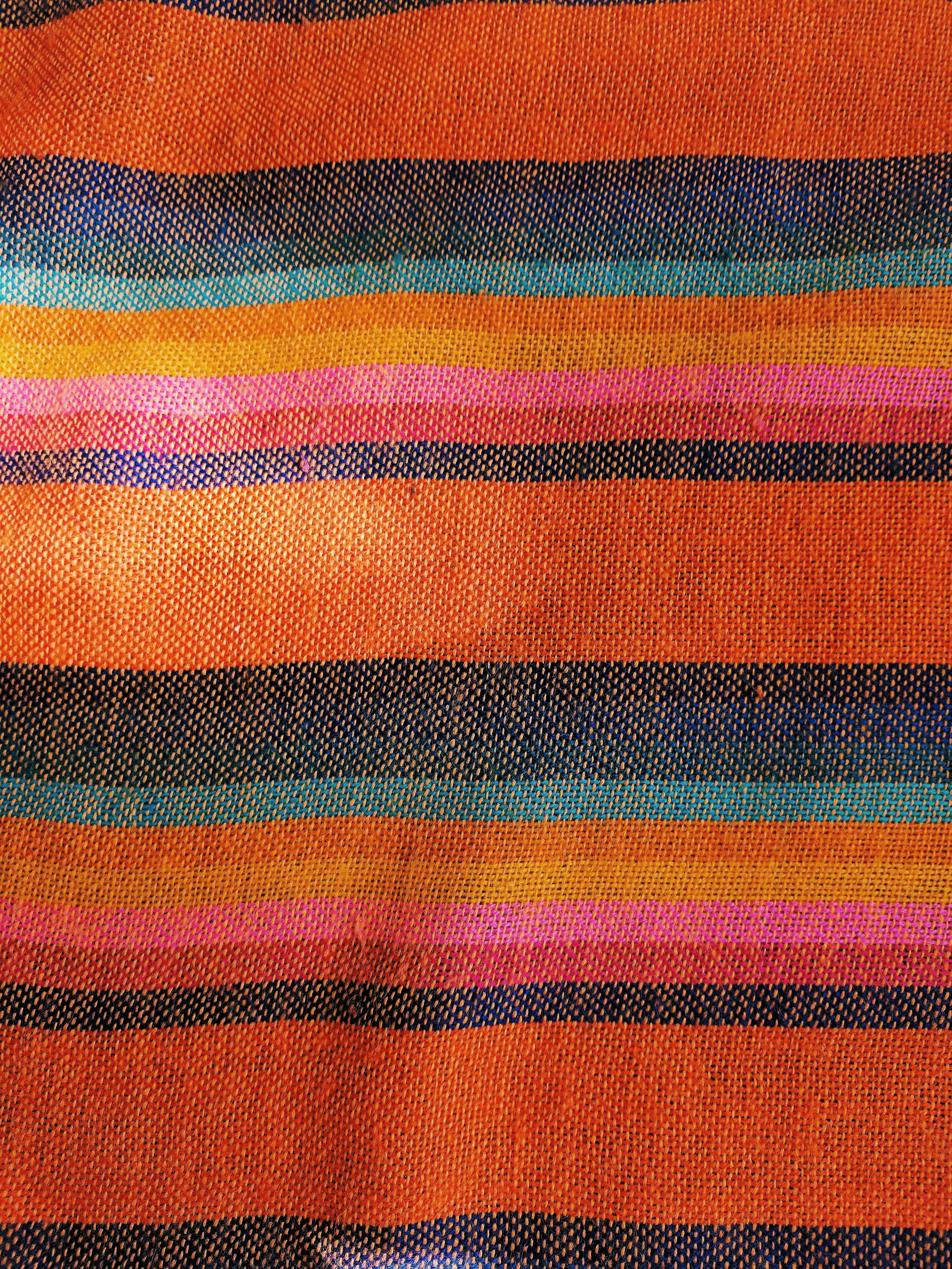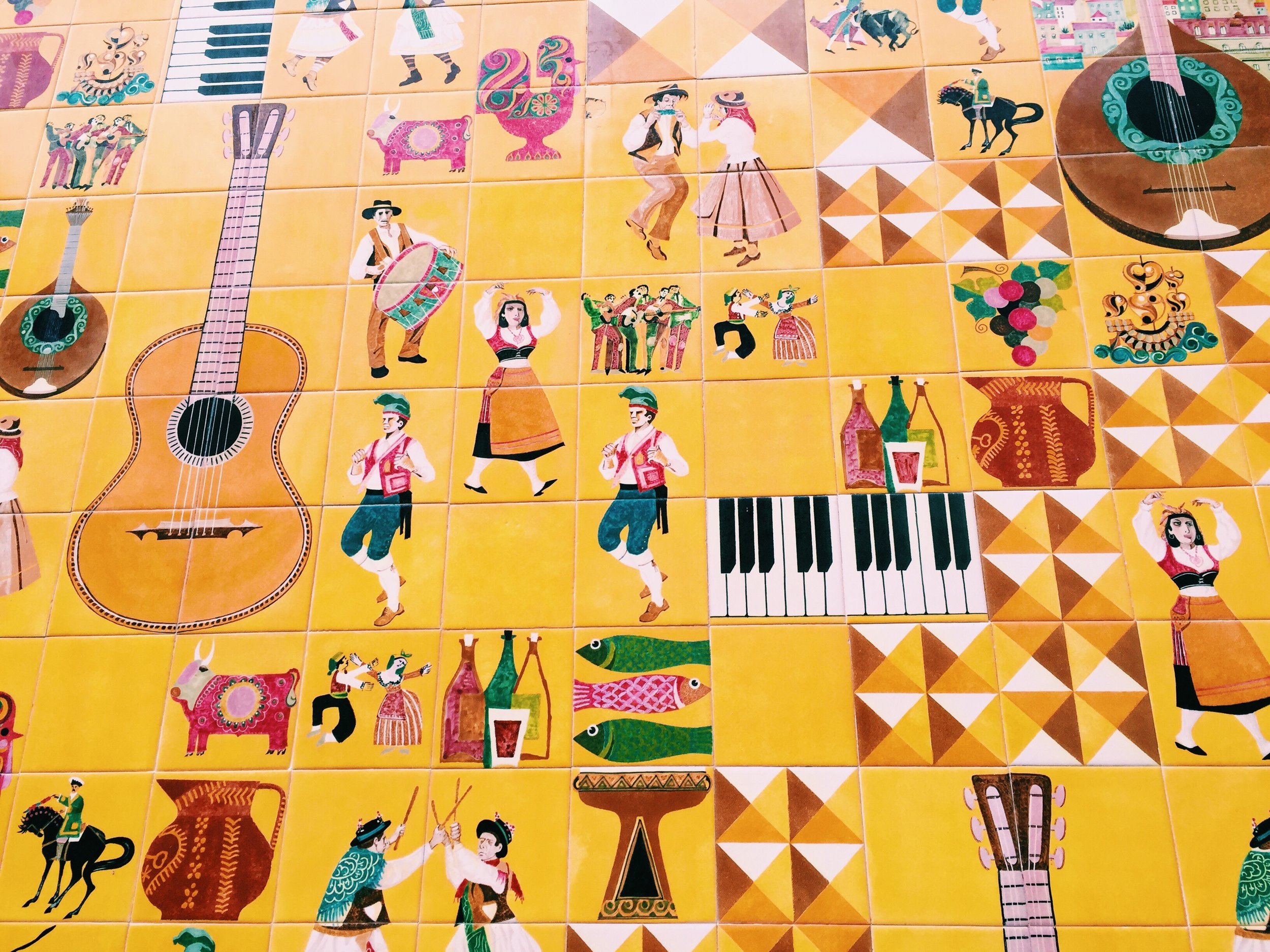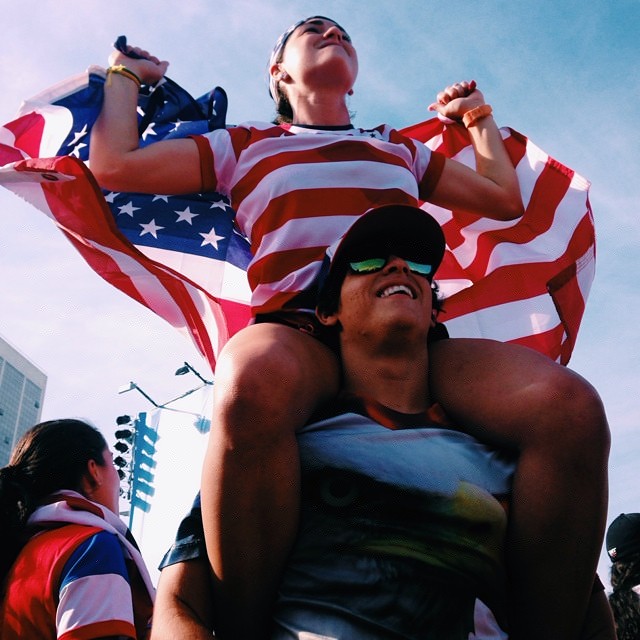In defense of seeing the world through a camera lens
I distinctly remember listening to John Mayer’s “3x5" as a teenager — the lyrics a call to put down the camera and be in the present moment while traveling:
Today I finally overcame tryin' to fit the world inside a picture frame
Maybe I will tell you all about it when I'm in the mood to lose my way but let me say
You should have seen that sunrise with your own eyes, it brought me back to life
You'll be with me next time I go outside
no more 3x5’s, just no more 3x5's
Despite the source, I agree with John's sentiment here. There is nothing quite like putting down the camera and breathing in, experiencing what you’re seeing and letting go of the need to capture it. We all need those moments. Travel is incomplete without reflective pauses in which you take in your new surroundings and fully appreciate them, in which you're fully present.
There are times to put the camera down. But I’m here to argue — sometimes we should be picking the camera up more.
Why?
“There’s something about being eager and ready to pick up a camera to capture small, beautiful, irreverent details that can help you actually notice those things in the first place.”
Thinking like an artist can enable you to see beauty in small things you may have never noticed otherwise.
When my future husband and I first met, he mentioned that he was excited about the idea of traveling with me - an artist - because I might notice details of our new surroundings that he would not. I think this is an apt description of the value that an artistically-minded person can bring to a trip. However, I would argue that it’s true for anyone who decides to think like an artist, whether they consider themselves one or not.
If you approach a trip like an artist collecting visual information for a future work of art, you cultivate a sense of open-minded curiosity about your surroundings. Suddenly everything is interesting - not good or bad, not held to a preconceived notion - just new and waiting to be found... by you. You're an archaeologist on a discovery mission, gathering samples to study. That fresh perspective might help you notice things that no one else does. And yes, you can (and should) approach all your trips with this curiosity and perspective, whether or not you enjoy taking pictures. But there’s something about the fun of photography, of being eager and ready to pick up a camera to capture small, beautiful, irreverent details - even if it’s just a smartphone with a good camera - that can help you actually notice those things in the first place.
For instance:
- This orange tablecloth at a restaurant in Mexico City, which I captured just because I thought it was beautiful, even though I admit I felt silly taking a picture of a tablecloth
- This graffiti-laden door in Mexico City, which went unnoticed by those walking with me but stood out to me for its grit and pops of color
- This modern Portuguese tile, which burst out at me with bright yellow joy as I walked by, breathless and grumpy after climbing some quite steep San Francisco-style hills when it turned out the funicular was out of service
- This statue in Cartagena, Colombia, which is definitely not a typical or popular tourist photo opp, but still struck me somehow - maybe it was the dramatically low angle from which I witnessed her power pose
When I saw these images, my artist brain went on high alert. In a previous life, I would have noticed many of these images but kept on walking. Because I was on a photographic mission, I felt permission to go for it, rather than just walk on by, which -- in a benign cycle -- fueled my brain's search for and receptivity to even more unnoticed beauty.
Photographs make the best souvenirs.
I like to leave a little room in my luggage for small souvenirs that will make nice gifts at the holidays - but in general, I’m not a big souvenir-buyer (dictated somewhat by the fact that I only travel with carry-on luggage). I prefer to think of my photographs as my own personal souvenirs. I just don’t think that any bought trinket can ever capture and communicate the experience I had quite like a photographed vignette of my own taking. When you think of photography this way, it can take on a different life.
“Not everything deserves a photo, but many unexpected things do. The trick is knowing which is which.”
There are many times when I was reluctant to pick up my camera because I was afraid of being ‘that person’ - someone who must take pictures of everything. Millennials and Instagrammers get a particularly bad rap for this. Perhaps John Mayer’s words stuck with me - or perhaps I let my creative exploration be stunted by my own introverted nature. Despite this, certainly at times I’ve still visibly annoyed my relatively tolerant husband. It happens! There is always a balance to be struck. Not everything deserves a photo, but many unexpected things do. The trick is knowing which is which. But I will say now that I would always rather get the photo of a rare, amazing moment, especially when it's something that I know from experience will photograph well, than be the person who forever regrets not taking a picture. Taking the photo doesn't necessarily mean I missed out on the lived experience. That's up to me, and how much I let my need to take the picture overpower the moment I'm trying to capture. What it does mean is that I will remember more of what I saw, and have more visual inspiration to draw upon in my daily life and my artistic career.
Of course, there’s always a time and a place. None of this advice to embrace photography applies if any of the following are true:
You’re watching a live performance, and you’re sitting in front of other people in non-stadium seating.
I was so transfixed by the flamenco performance I watched in my recent trip to Madrid, that I had to try to capture a few of the most dramatic moments on video. But sitting in the back, my view was obscured by several in the front holding their cameras directly in front of the performer. This has unfortunately become standard behavior at concerts. I remember attending a Lorde concert at the height of her popularity a few years ago and getting literally nothing but phones and (worse) iPads shielding our view of the stage, thumbs at the ready on Snapchat. This isn’t always a big deal, depending on the angle and vantage point, but sometimes it is. The point is: be cognizant of your surroundings when holding up your camera.
“Chances are, your phone camera is going to take a pixelized, dark, blurry picture that does nothing more than prove you were there with a shitty camera. ”
You’re trying to capture a two-dimensional work of art that isn’t done justice by your camera.
Classic case in point: the Mona Lisa at the Louvre. I wish I’d stood back to take a picture of the phone-wielding mob scene crowding the famous tiny painting, just to demonstrate my point. It took me several minutes of waiting for people to finish their selfies and move out of the way before I could get even remotely close enough to study the piece at a distance. The thing is — if the piece is truly important to you, fine - take a selfie. But if all you’re doing is trying to get a shot of the piece on its own, why bother? Chances are, your phone camera is going to take a pixelized, dark, blurry picture that does nothing more than prove you were there with a shitty camera. Wouldn’t you rather put the phone down and actually just look at the damn thing? Otherwise, what is the point of going when you could have seen it in an art history textbook instead? When you could have just bought a print in the gift shop?
You’re starting to obsess about getting the ‘right’ shot by taking a million pictures of the same thing.
I believe in the ‘3 shot rule’ (something I admit I made up and sometimes break). If you can’t get it in 3 shots, move on. You’re on vacation - stop stressing about getting a perfect photograph of something that is proving difficult to capture. This is particularly relevant when traveling with other people who are being held up by your obsession. Take 1 is always a practice shot; if you can’t correct the composition, exposure, or anything else by take 3, it’s probably not worth your continued effort. Let it go.
If you love to take photographs, but aren’t certain about whether your output is worth the disruption and effort, I’d highly recommend taking an introductory photography course to learn about composition and taking good photos. There are many courses available even for amateur photographers with simple cameras. It will help you make the most of what you capture and give you the confidence to take amazing photos.
What’s your take? When do you draw the line at taking photos versus stopping to savor the moment? Are there any photographs you regret not taking?
Pin this:









